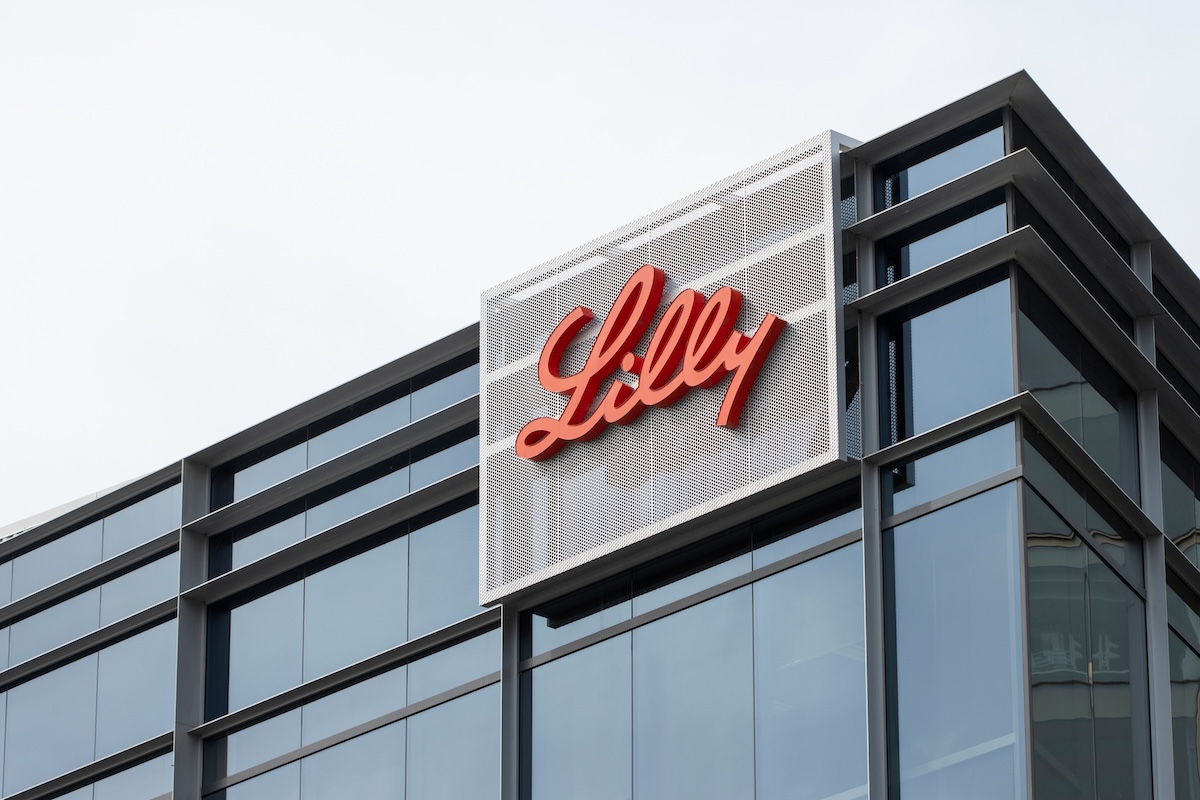
Eli Lilly (LLY) stock plunged after its second-quarter earnings report as a hiccup in its next big product overshadowed blockbuster fundamentals.
On Aug. 7, LLY tumbled as much as 14%, its steepest single-day drop in 25 years.
At first glance, the Q2 report looked bulletproof: per-share earnings and revenue surged year-over-year, both beating analyst estimates. But the problem wasn’t the numbers. It was Orforglipron.
The company’s oral weight-loss pill delivered trial results that fell a few points short of forecasts.
That was enough to spook investors betting big on Eli Lilly’s follow-up act in the booming obesity market. CEO David Ricks told CNBC he was not disappointed with the data, but that reassurance had no effect on Wall Street.
“The market is laser-focused on the company’s next act, Orforglipron,” analysts at Hataf Capital wrote.
“But with oral alternatives seen as the next gold rush in obesity care, especially for broader primary care adoption, anything short of ‘jaw-dropping’ is met with skepticism.”
They also pointed to the high bar set by rival Novo Nordisk, maker of the blockbuster injectables Wegovy and Ozempic.
By week’s end, LLY had shed more than 16%, closing around $637 and wiping its market cap down to $616 billion. Even so, most analysts aren’t ready to throw in the towel. The company’s underlying business, they say, remains exceptionally strong.
The real story is in the numbers
Despite the Orforglipron hand-wringing, Eli Lilly delivered second-quarter adjusted earnings of $6.31 per share on $15.56 billion in revenue, topping forecasts for $5.58 per share and $14.71 billion.
U.S. sales surged 38% year-over-year to $10.81 billion, fueled by a 46% jump in prescriptions. Zepbound, its injectable weight-loss treatment, saw sales rocket 172% from a year earlier, blowing past Bloomberg’s projections.
The company also boosted its full-year revenue forecast to $60 billion–$62 billion, up from $58 billion–$61 billion, and raised its earnings outlook to as much as $23 per share above the previous high end of $22.28.
Hataf’s analysts described Eli Lilly as a company with “stronger fundamentals” and an “even stronger pipeline.”
That pipeline got another win this quarter: Mounjaro, its GLP-1 weight-loss drug, overtook Ozempic to become the world’s top-selling treatment in the category, according to Fiscal.ai.
Eli Lilly's Mounjaro is now the best selling weight-loss drug globally.
undefined Fiscal.ai (formerly FinChat) (@fiscal_ai) August 7, 2025
Mounjaro just surpassed Ozempic in revenue this quarter.$LLY $NOVO pic.twitter.com/yUDLxpOF36
In other words, Lilly’s long-term story remains intact, but in the short term, investors may have to stomach a little more volatility.
Your email address will not be published. Required fields are markedmarked